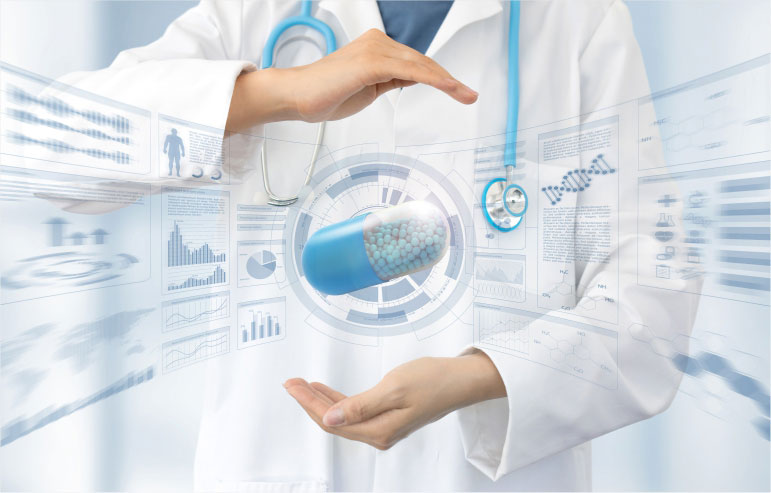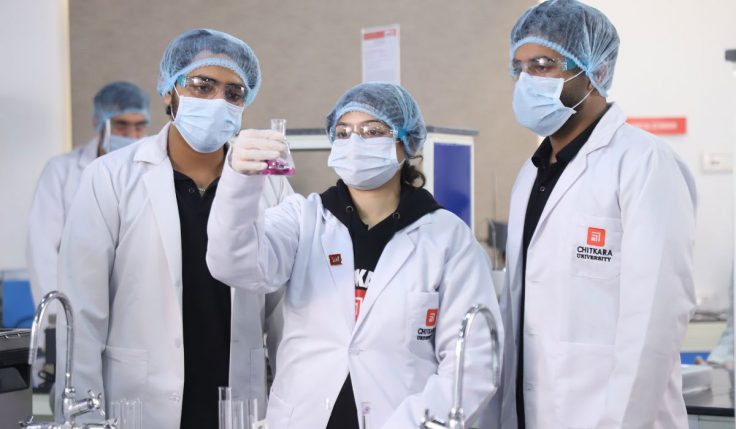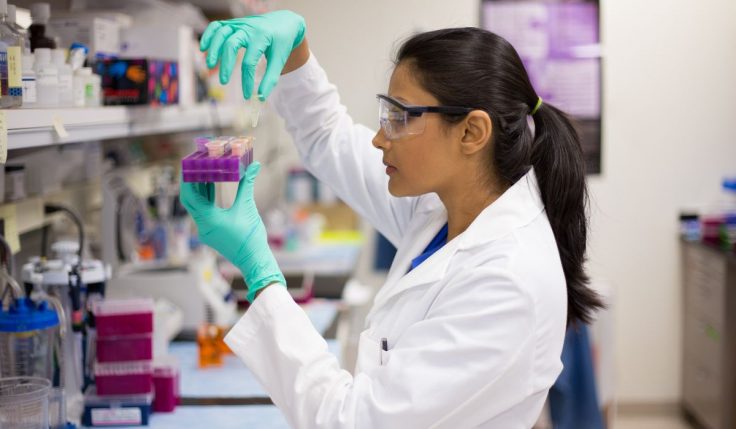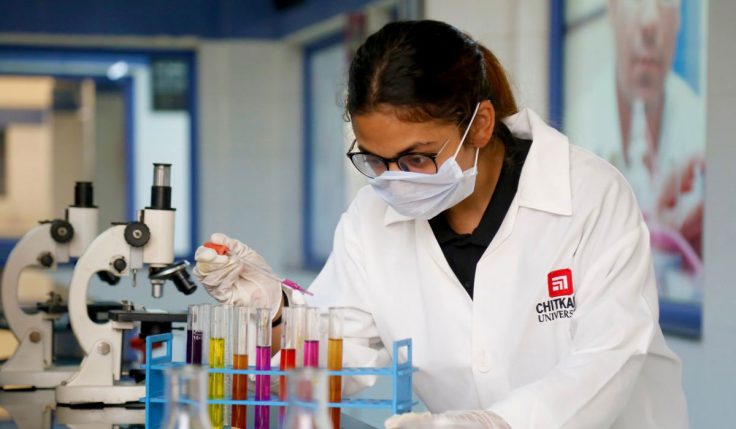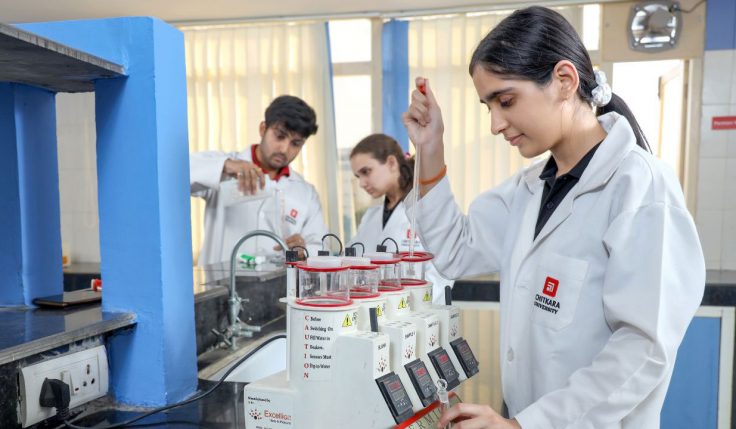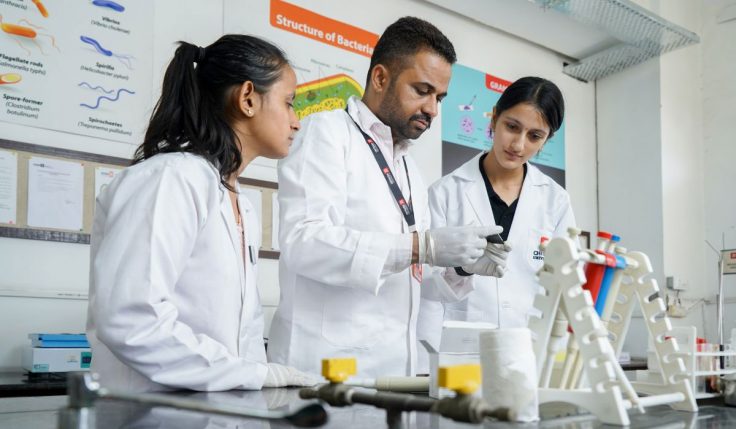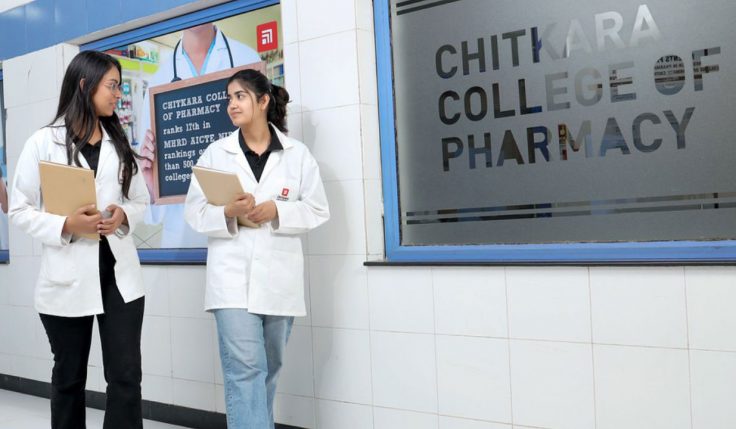It is normal to reach for the medicine box or make a short trip to the drugstore whenever you feel unwell. Most of us usually toss the little leaflet (or the outer carton with information) that is included along with the medicines we purchase. The purpose of that leaflet (or the information on the carton) is to inform patients about any potential adverse effects the drug may cause in certain situations. Pharmacovigilance is the pharmacological science relating to the collection, assessment, monitoring, detection, and prevention of adverse effects of pharmaceutical products.
Why is pharmacovigilance so important?
Before being licenced for use in people, all contemporary medications go through a rigorous testing process in clinical trials. Clinical trials, on the other hand, are conducted with a small control group for a short period of time. Adverse effects in those with various comorbidities and long-term side effects cannot be determined in clinical trials.
After the thalidomide tragedy in the 1960s, pharmacovigilance became more significant. This drug was first introduced in 1957 as a safe sleeping tablet for expectant mothers. The drug appealed to expectant moms because it helped them sleep and appeared to lessen morning sickness. However, the drug’s true effects were discovered in the 1960s, when it was shown to be a teratogen that had caused malformation in hundreds of children. This incident gave rise to regulations that resulted in more stringent testing laws, which we now know as pharmacovigilance. To assure a drug’s efficacy and safety during the clinical research phase, pharmacovigilance is essential. In order to assure drug safety and patient health, post-market safety monitoring and continuous monitoring are also required.
What is the role of pharmacovigilance?
Pharmacovigilance examines whether a drug’s benefits outweigh its hazards. Pharmacovigilance also requires ongoing drug monitoring to verify that they are safe, as long-term negative effects take time to manifest or be reported. Pharmacovigilance activities monitor both approved medications and those in the process of approval. Their goals include:
- Identify and record unknown adverse effects.
- Establish the risk-benefit of a drug to improve its safety record.
- Provide accurate information to healthcare professionals and patients, and ensure that patient information leaflets contain accurate information.
Additionally, pharmacovigilance also has long-term goals that include:
- Establishing and reporting potential drug interactions
- Calculating and reporting long-term drug-usage risk
Most countries have their own standards for pharmacovigilance. For instance, the US and the EU each have their own standards and agencies that carry out pharmacovigilance. The European body responsible for pharmacovigilance is called the European Medicines Agency. The US has its own body called the FDA, or Food and Drug Administration. China’s PV is run by NCADRM (National Centre for Adverse Drug Reaction Monitoring). In India, the Indian Pharmacopoeia Commission controls pharmacovigilance programs.
In addition to this, the International Society of Pharmacovigilance is a global think tank that fosters pharmacovigilance both scientifically and educationally. Most countries have institutions that are partner-members of this society and share knowledge, information, and protocols. Additionally, WHO’s Program for International Drug Monitoring (WHO-PIDM) helps scientists worldwide get access to their ICSR database, which holds over 28 million records from nearly 148 countries. This database, called Vigibase, allows scientists worldwide to study trends and detect adverse drug-pair patterns.
With the advent of modern technology, new drugs are being discovered at a faster pace. For instance, the COVID-19 vaccine was developed just a few months after the pandemic hit, helping the world get ready to take on the disease in a better way. Today, with over 10 vaccines for the COVID-19 vaccine authorised for emergency use and many others in development, the role of pharmacovigilance is critical to ensure the safety and reliability of these vaccines and their interactions with other drugs. Pharmacovigilance is the key factor in ensuring the rigorous testing of drugs to improve patient outcomes and reduce adverse effects through constant testing and patient data.
